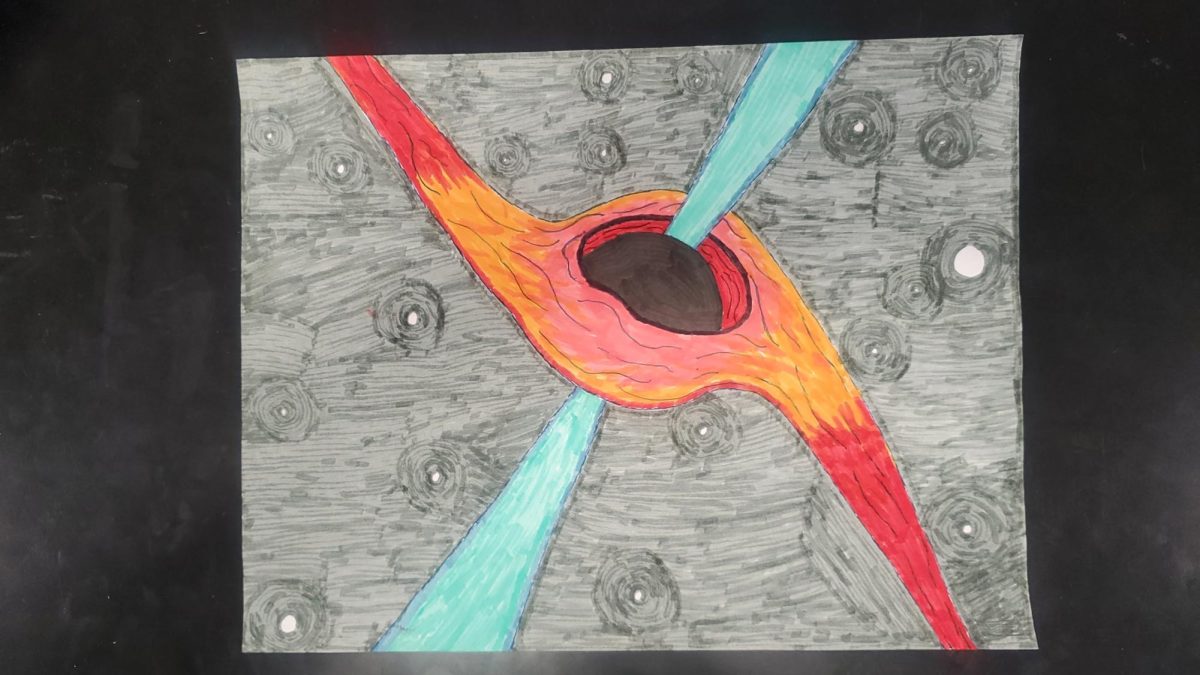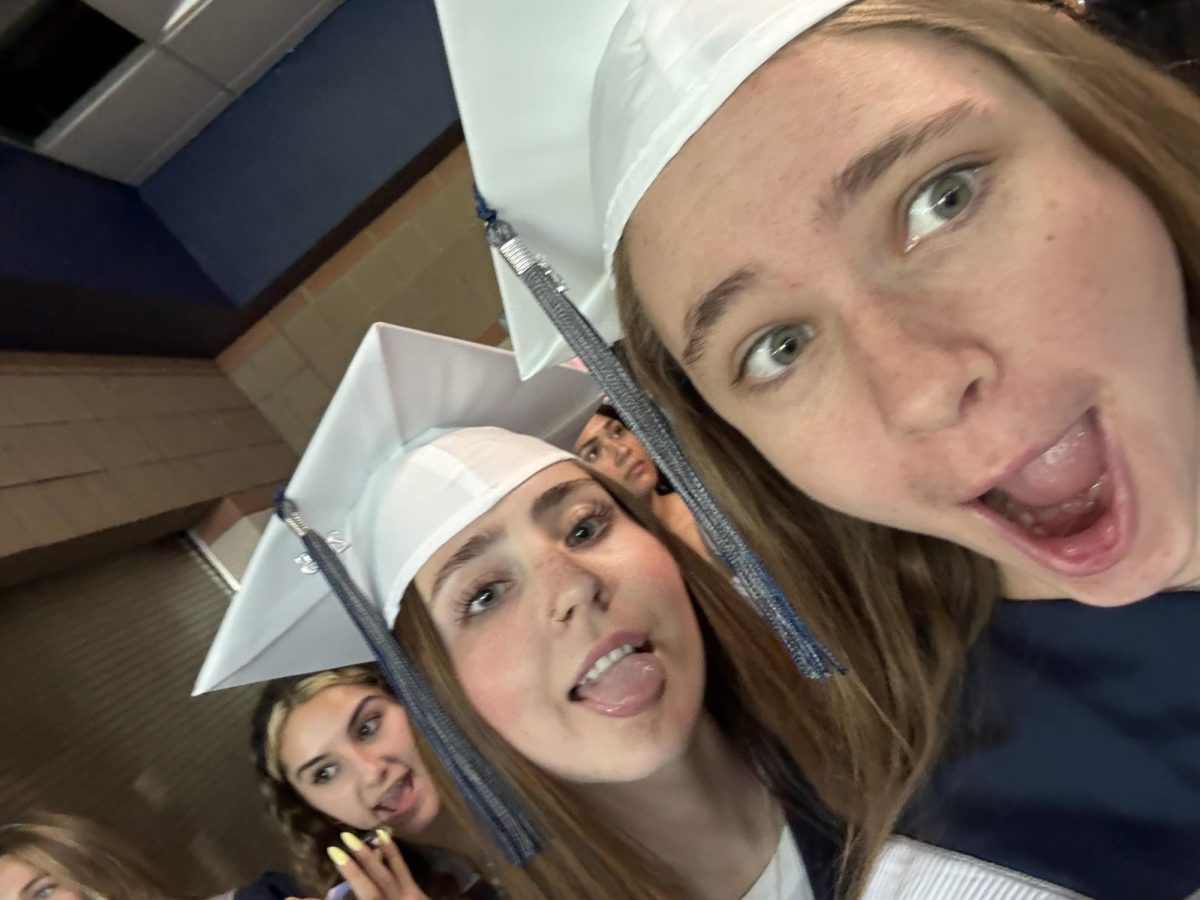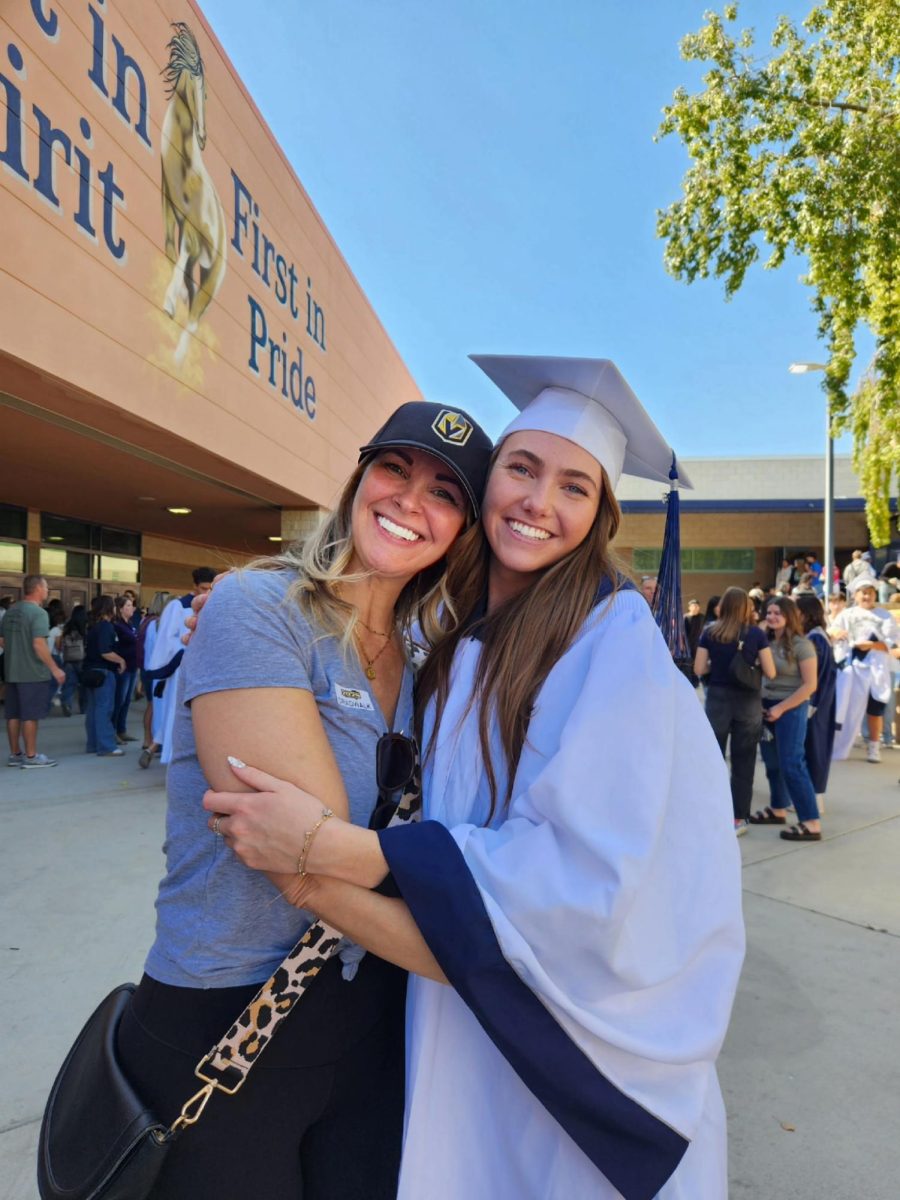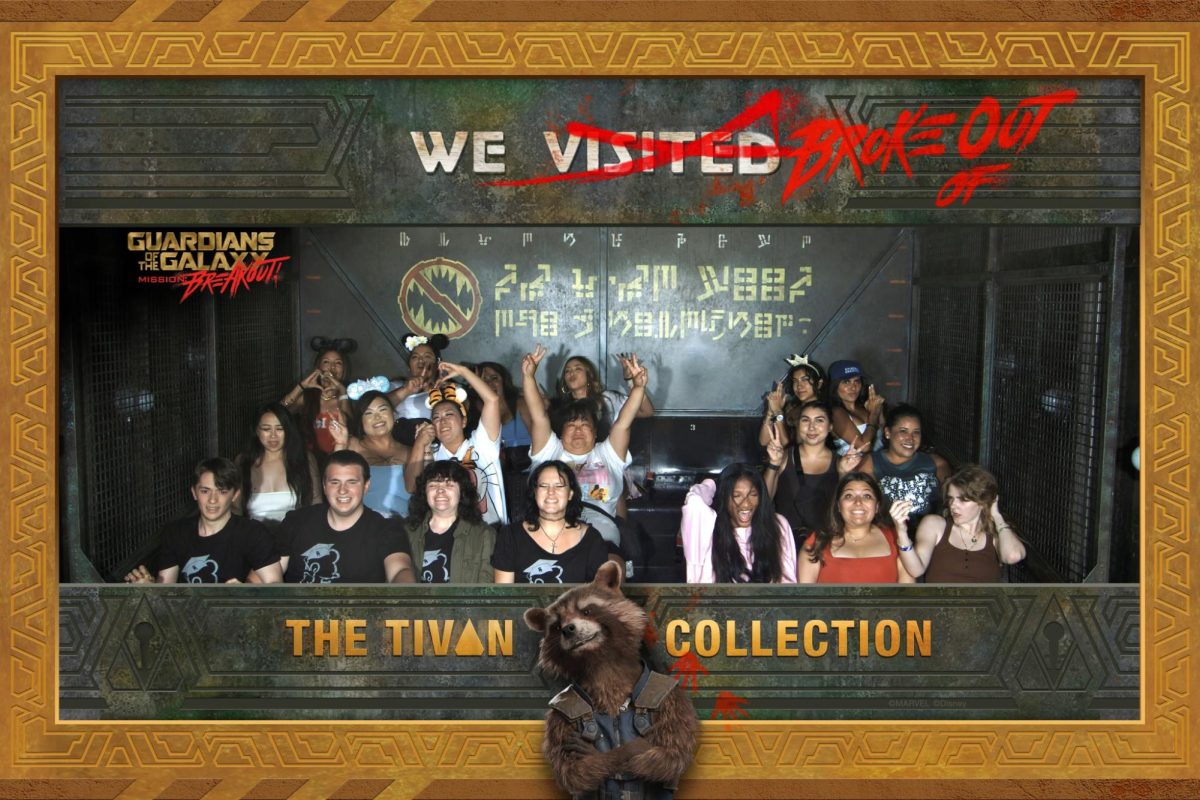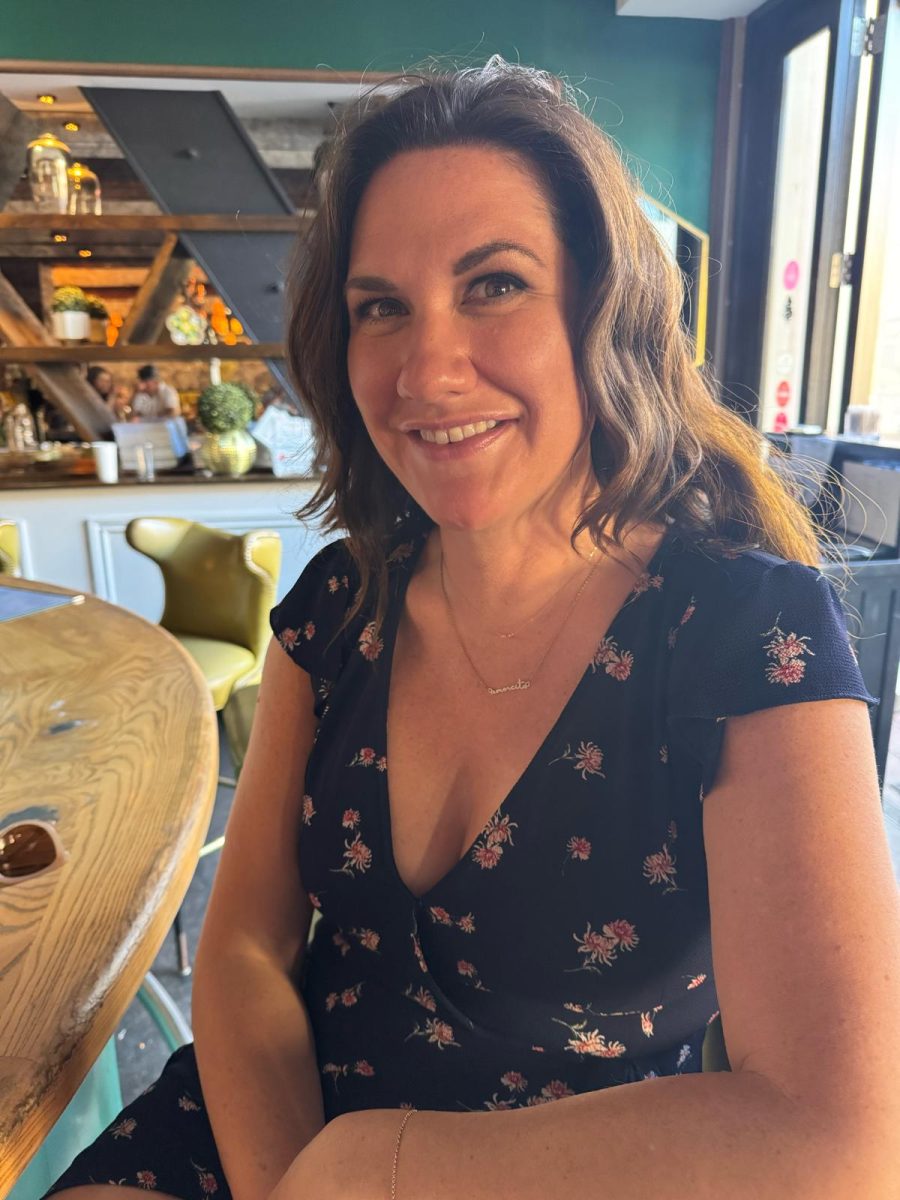A high school STEM project is more than just an assignment; it’s an opportunity for students to apply science, technology, engineering, and mathematics to real world challenges. These projects encourage creativity, teamwork, and problem solving. Through hands-on experience, students not only deepen their understanding of STEM concepts but also develop skills that prepare them for future careers.
The main goal of this art project was to incorporate Art (A) into STEM to create a new acronym: STEAM.
Mr. Payne, general physics teacher says, “Art drives creativity and ingenuity. Without art, advancing science would be that much harder.”
This project was an individual assignment for students to learn and see how art is incorporated into science and just how important it is.
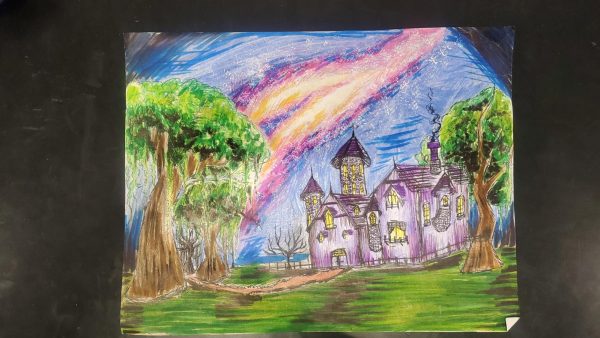
Students were given very broad umbrella topics that they could choose from what is most interesting and important to them, and take some creative liberties with. The umbrella topics were anything from space, sci-fi, or nature related. Students were able to take inspiration from anything, and they were allowed to use any supplies that they wanted. Students were diving into their creative processes with this project. While some may believe that science is purely analytical, students would argue that being creative is very important to being a successful scientist. When students solve physics problems, most require some sort of drawing so that students are able to understand what is actually going on in the problem.
“So students being able to tap into their creative side I think is really important for their success not only in my class but in their other science classes as well,” Mr. Payne states.
This project demonstrates real-world applications of STEAM by incorporating skills and concepts relevant to various industries. Through hands-on problem solving, the use of technology, and creative innovation, students gain experience that aligns with careers in fields such as engineering, design, and scientific research.
Many of the submissions were impressive, but some stood out by going above and beyond. A selection of top entries from all Mr. Payne’s class periods were compiled, and students, and anyone who wanted to participate in voting, chose their favorites. There are three categories: best illustrated, best use of color, and most impactful. Each student could vote for their top three choices.
Junior, and winner of the projects that got voted on, Ella Williams states, “Once I got a solid plan, things started coming together, and it felt really rewarding.”
The process can be overwhelming as there are many different possibilities when it comes to this kind of project. Students spend a majority of their time on researching different ideas, but the biggest obstacle is determining how to execute the project effectively.


